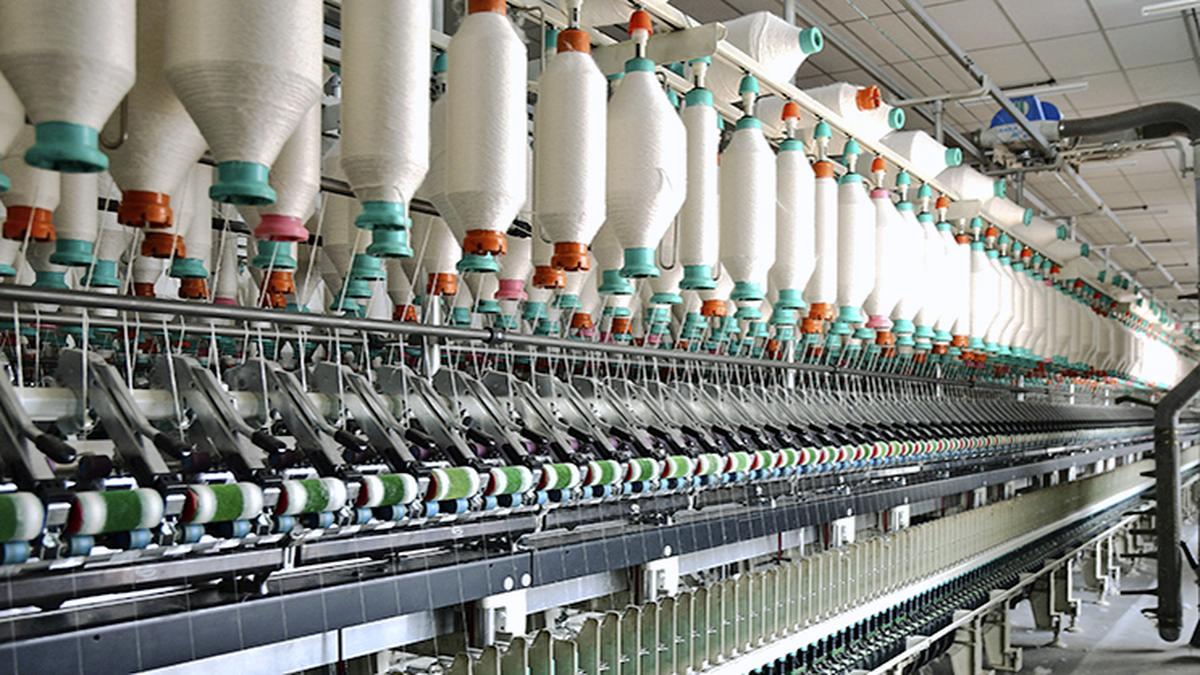
MSMEs need funds for tech upgrades, green transition
The Hindu
Union Minister outlines key focus areas for MSME growth; upcoming Budget must support MSMEs, infrastructure, and exports.
Recently, Union Minister for MSMEs Jitan Ram Manjhi said six pillars were identified as focus areas for the growth of the MSME sector — formalisation and access to credit, increased access to market and e-commerce adoption, higher productivity through modern technology, enhanced skill levels and digitalisation in the service sector, support to Khadi, Village, and Coir industry to globalise them, and empowerment of women and artisans, through enterprise creation.
While the interim Union Budget presented in February this year maintained stability, the upcoming Budget must strike a balance to fuel growth, curb inflation, generate employment, promote MSMEs, support ease of doing business, and promote the manufacturing sector.
The other important area that must be prioritised is infrastructure development for sustainable economic growth, especially in industrial clusters.
The Government did exceedingly well for the economy with exports clocking a Compounded Annul Growth Rate (CAGR) of 8.5% in the last six years moving from $478 billion in FY18 to $778 billion in FY24.
We are now aiming to reach $2 trillion by FY30, which requires a CAGR of 14.4%. This is a challenge in the current geo-political situation but within the realm of the reach. It requires supporting exporters and the MSME sector by providing an enabling and supportive ecosystem.
The importance of bolstering MSMEs is more important in the current situation as the sector is the backbone of the Indian economy and a key employment generator. For this sector to sustain and grow in the current challenging situation, one strong demand by the MSMEs is that the non-performing asset (NPA) timeline be extended to 180 days from 90 days. It will provide relief to the sector as many MSMEs are struggling because of this. The Credit Guarantee Scheme for micro and small enterprises in the manufacturing sector must also be revamped.
The Interest Equalisation Scheme emphatically supports exports. This scheme may be extended for a period of five years. Coming to the rise in interest rates consequent to the increase in repo rate from 4.4% to 6.5% in the last two years, the subvention rates may be restored from 3% to 5% for manufacturers in MSMEs and from 2% to 3% for all in respect of 410 tariff lines.

The Union Budget unveiled on February 1, 2025, has come at a time of unprecedented global uncertainty and a flagging domestic economy. The real GDP growth is estimated at 6.4% for 2024-25 and between 6.3-6.8% for 2025-26, a far cry from >8 percent growth required annually to make India a developed nation by 2047. While much attention has been devoted to the demand stimulus through income tax cuts, not enough is said about the proposed reforms in urban development, tariff rationalisation, and regulatory simplification aimed at making Indian cities and corporates more competitive. Since the majority of economic activity is located in cities (urban areas account for ~55% of GDP) and produced by large corporates (~40% of the national output and 55% of India’s exports), the above-mentioned reforms have a pivotal role in improving India’s trend growth rate. Below we unpack each reform.












